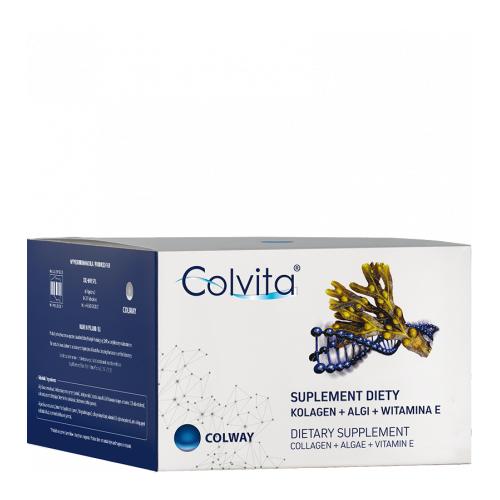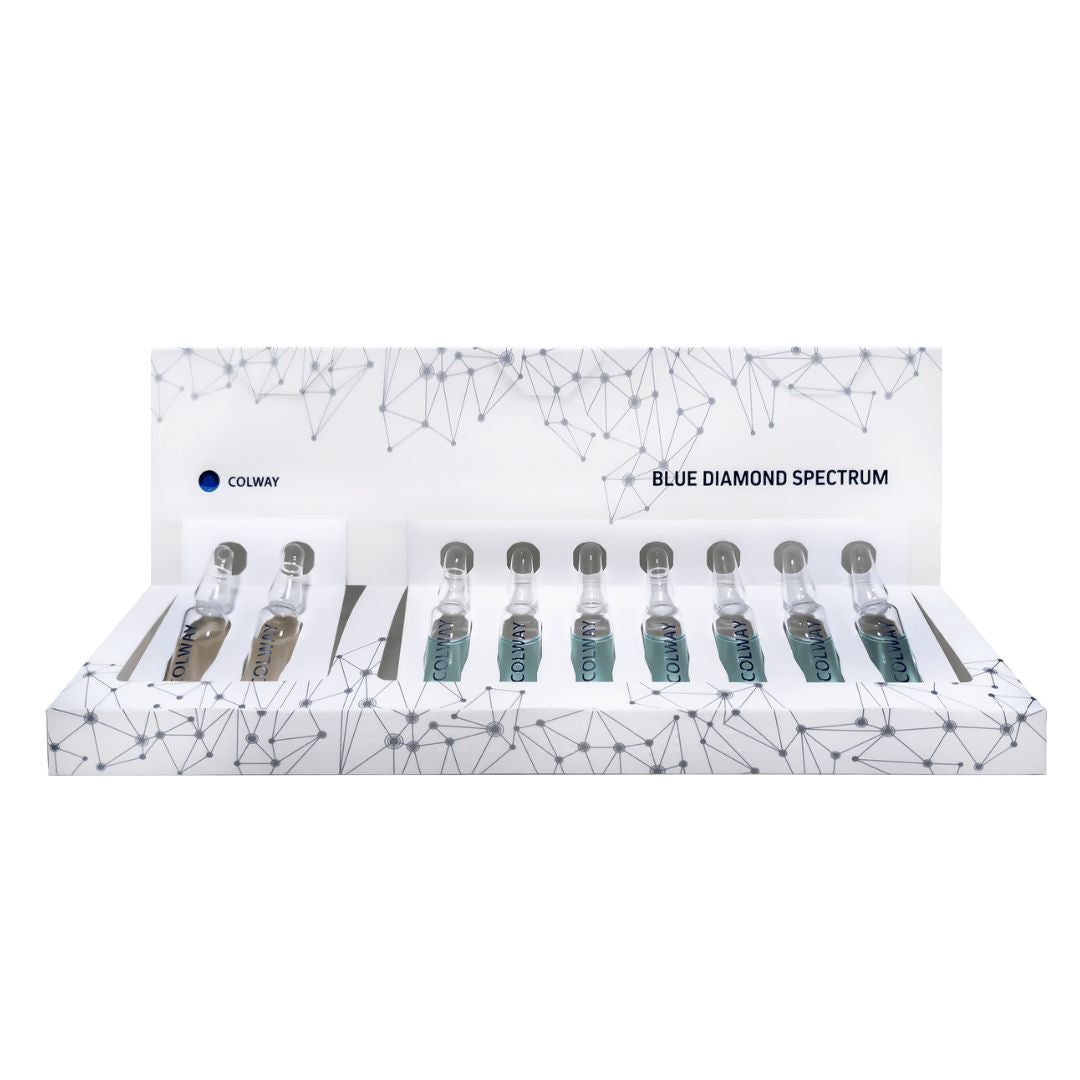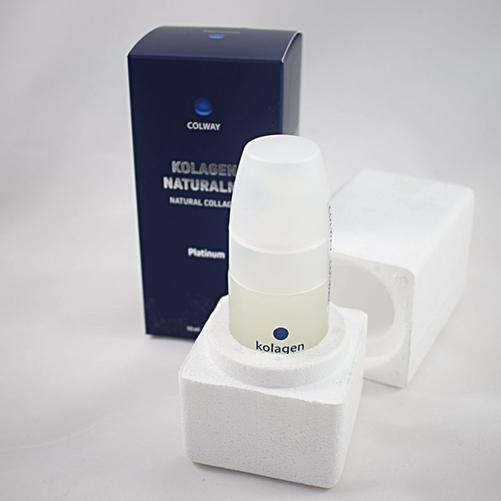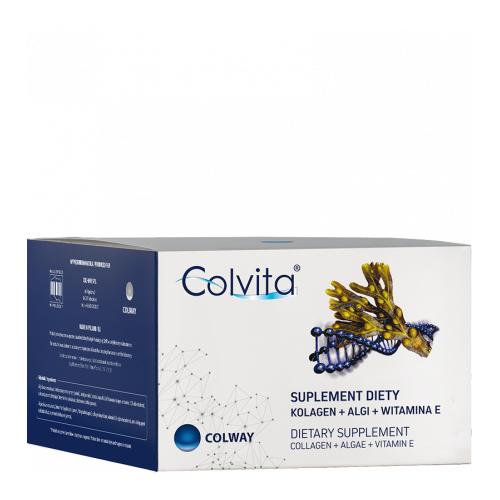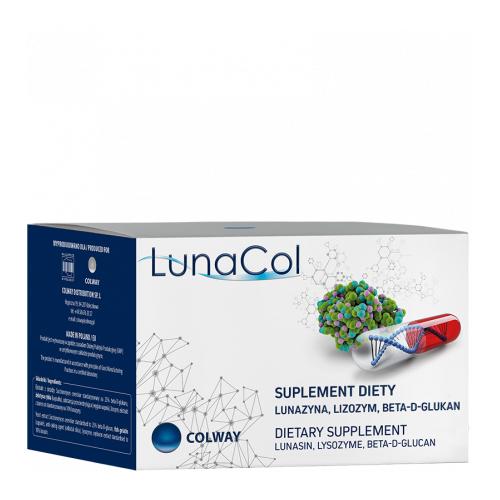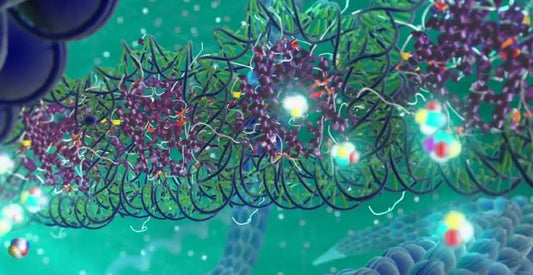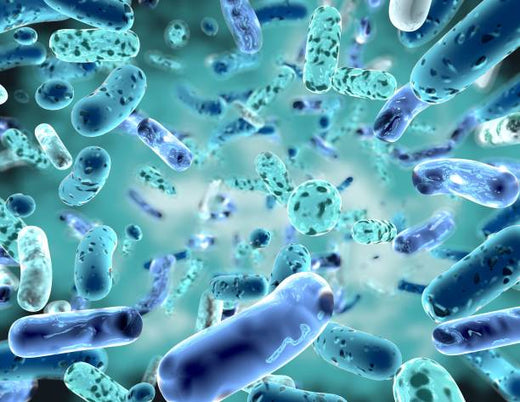1. Introduction to lunasin and amyotrophic lateral sclerosis (ALS)
In this article, we will enter the world of lunasin and amyotrophic lateral sclerosis (ALS), analyzing their characteristics, properties and how they can be related. This information is vital to understanding the potential of lunasin as a treatment for ALS and the ongoing research in this field.
2. What is lunasin?
2.1. Origin and structure
Lunasin is a bioactive peptide found in the proteins of soybeans and other grains such as barley and wheat. It was discovered in 1996 and since then it has been the subject of numerous investigations due to its various properties and health benefits.
2.2. Properties and benefits
Lunasin has been shown to have anti-inflammatory, antioxidant, and anticancer properties. In addition, it has been observed that it can modulate the expression of certain genes, which suggests a possible role in the prevention and treatment of degenerative diseases such as ALS.
3. What is amyotrophic lateral sclerosis (ALS)?
Amyotrophic lateral sclerosis, also known as Lou Gehrig's disease, is a neurodegenerative disease that affects the nerve cells responsible for controlling voluntary muscles. ALS causes muscle weakness and atrophy, leading to a progressive loss of motor function and eventually death.
3.1. Symptoms and diagnosis
ALS symptoms include muscle weakness, difficulty speaking, chewing, and swallowing, as well as muscle cramps and spasms. The diagnosis of ALS can be a complicated process, since it is based on the exclusion of other diseases that present similar symptoms.
3.2. current treatments
Although there is no cure for ALS, treatments are available to relieve symptoms and improve the quality of life for patients. These include medications to control muscle spasticity and other symptoms, rehabilitation therapies, and emotional support.
4. Research on lunasin and ALS
4.1. initial studies
Research on the potential of lunasin in the treatment of ALS began with studies in animal models and in cell culture. These studies showed that lunasin had protective effects on nerve cells and could modulate the expression of ALS-related genes.
4.2. promising results
Some human clinical studies have shown promising results regarding the use of lunasin in patients with ALS. In these studies, a decrease in disease progression and an improvement in motor function have been observed in some patients.
4.3. Limitations and challenges
Despite these promising results, it is important to note that there are still limitations and challenges in lunasin and ALS research. These include the lack of large-scale studies and the need to better understand the mechanisms of action of lunasin in ALS.
How does lunasin work in ALS?
5.1. Mechanism of action
Although the mechanism of action of lunasin in ALS is not completely known, it is believed that it could be related to its ability to modulate the expression of genes involved in inflammation and cell death. This suggests that lunasin might have a neuroprotective effect in ALS.
5.2. Protective and antioxidant effects
Lunasin has also been shown to have protective and antioxidant effects on nerve cells. This is especially relevant in ALS, as oxidative stress and inflammation are key factors in nerve cell degeneration in this disease.6. Future of lunasin in the treatment of ALS
6.1. Combined therapeutic approaches
One of the possible routes for the use of lunasin in the treatment of ALS is in combination with other treatments and therapies. By combining lunasin with current medications and therapies, its neuroprotective effect could be enhanced and the quality of life of ALS patients improved.
6.2. Ongoing research and hope for the future
Although there is still much to learn about lunasin and its potential in the treatment of ALS, ongoing research offers hope for the future. With more studies and a better understanding of lunasin's mechanisms of action, we may be one step closer to finding an effective treatment for this devastating disease.
7. Conclusion
In summary, lunasin is a bioactive peptide with antioxidant, anti-inflammatory, and neuroprotective properties that has shown potential in the treatment of amyotrophic lateral sclerosis. Although the research is still in its early stages and there are challenges and limitations to overcome, the promising results suggest that lunasin could play an important role in the future of ALS treatment. Continuing to explore its mechanisms of action and the possibility of combined therapeutic approaches will be crucial to advance in this area and improve the lives of ALS patients.
8. Frequently asked questions
1. What is lunasin and where does it come from?
Lunasin is a bioactive peptide found in soy, barley, and wheat proteins. It has been studied for its antioxidant, anti-inflammatory, and anticancer properties.
2. What are the symptoms of amyotrophic lateral sclerosis (ALS)?
The symptoms of ALS include muscle weakness, difficulty speaking, chewing and swallowing, muscle spasms and cramps.
3. How can lunasin help in the treatment of ALS?
Lunasin could help in the treatment of ALS by modulating the expression of genes related to inflammation and cell death, as well as offering protective and antioxidant effects on nerve cells.
4. What is the current state of research on lunasin and ALS?
Although promising studies have been conducted, there are still limitations and challenges in lunasin and ALS research, such as the lack of large-scale studies and the need to better understand lunasin's mechanisms of action in disease.
5. What is expected for the future of lunasin in the treatment of ALS?
The future of lunasin in the treatment of ALS could include therapeutic approaches combined with other treatments and therapies, as well as ongoing research to better understand its mechanisms of action and therapeutic potential.

